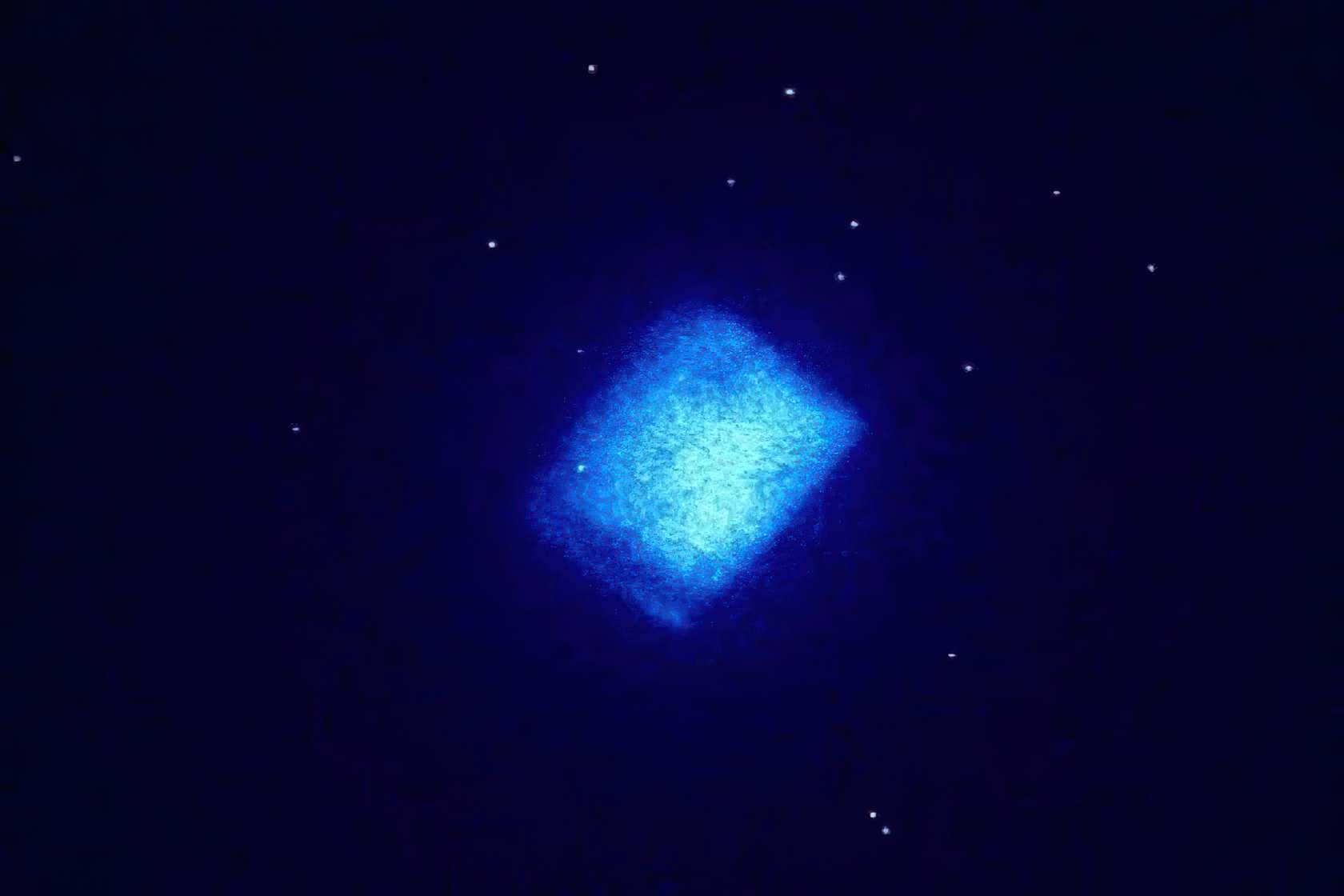Researchers at the University of Bristol and the UK Atomic Energy Authority have developed a groundbreaking nuclear-powered diamond battery that could provide continuous energy for thousands of years.
Key Points at a Glance:
- Innovative Design: The battery utilizes carbon-14, a radioactive isotope, encased within a diamond structure to generate electricity through beta decay.
- Longevity: With a half-life of 5,700 years, the carbon-14 enables the battery to supply power for millennia without the need for recharging or replacement.
- Potential Applications: Ideal for devices in extreme or inaccessible environments, such as space probes, medical implants, and security systems, where long-term, maintenance-free power is essential.
- Safety Measures: The diamond encapsulation effectively contains radiation, ensuring the battery is safe for use in various applications, including biomedical devices.
The development of this nuclear diamond battery marks a significant advancement in energy storage technology. By harnessing the decay of carbon-14—a radioactive isotope commonly found in nuclear waste—the battery generates electricity through a process akin to photovoltaic cells converting sunlight into power. The carbon-14 is encapsulated within a synthetic diamond, which not only facilitates energy conversion but also acts as a robust shield, containing the radiation and making the battery safe for a wide range of uses.
One of the most remarkable features of this battery is its longevity. Carbon-14 has a half-life of approximately 5,700 years, meaning the battery could potentially provide a steady power output for millennia. This extraordinary lifespan makes it particularly suitable for applications where replacing or recharging batteries is impractical or impossible. For instance, in space exploration, devices powered by such batteries could operate for extended missions without the need for maintenance. Similarly, medical implants like pacemakers could benefit from a reliable, long-term power source, reducing the need for surgical battery replacements.
Safety is a paramount concern in the development of nuclear-powered devices. The design of the diamond battery addresses this by ensuring that the radiation emitted by the carbon-14 is fully contained within the diamond casing. Diamond is renowned for its exceptional hardness and durability, providing an effective barrier that prevents radiation leakage. This makes the battery safe for use in a variety of settings, including those involving direct contact with human tissue, such as biomedical implants.
While the power output of the current prototype is relatively low—suitable for devices requiring small amounts of energy—the technology holds promise for scaling up. Future developments could lead to batteries capable of powering more energy-intensive devices, broadening the scope of potential applications. Moreover, by utilizing carbon-14 sourced from nuclear waste, this technology offers an innovative method for repurposing hazardous materials, contributing to environmental sustainability efforts.
In conclusion, the nuclear diamond battery represents a pioneering leap in energy storage solutions, combining longevity, safety, and sustainability. Its potential to provide continuous power for thousands of years opens new possibilities in fields ranging from space exploration to medical technology, heralding a future where energy limitations are significantly diminished.
